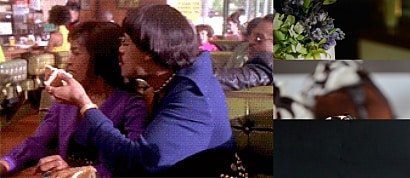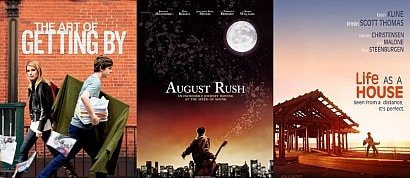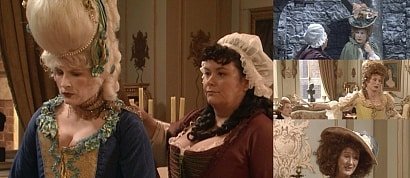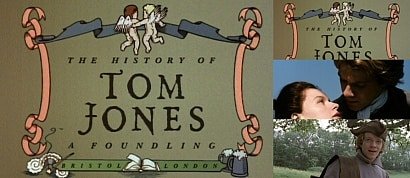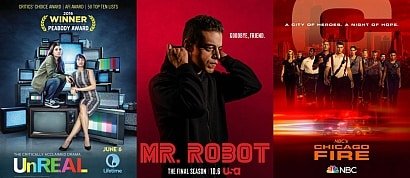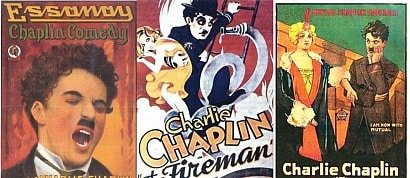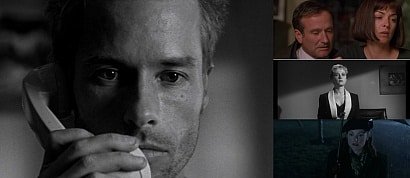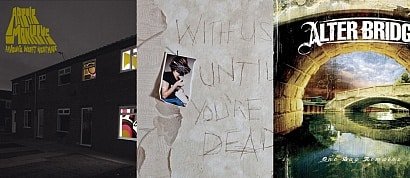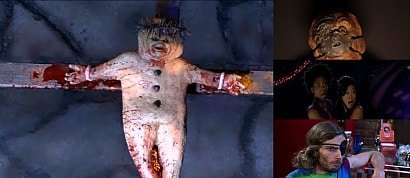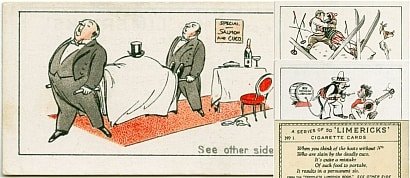For better or worse, American cinema was everlastingly revolutionised the day that Arthur Penn's violent, stunningly-photographed landmark feature Bonnie and Clyde was released to an unsuspecting movie-going public. It would be judicious to state that critics were irrationally unfair towards the film, which was prominently criticised for its alleged "glorification of murderers" in addition to the brutality of the violence that earned a pretty severe rating for its time. There were further criticisms surrounding the production, such as the artistic license embraced by the film. The true story is not told with 100% accuracy as characters are changed and scenarios are altered. It may not be the definitive history of the celebrity outlaws; however it's a wonderful movie that portrays a very strong and poignant camaraderie between the two central characters. It uses the bare facts of the bank-robbing duo and romanticises these facts to create an entertaining and moving masterpiece.
As is the case with many brilliant classics, some of the opening reviewers did the film no favours. There were several critics who praised the film; however it was incapable of escaping the pessimists. Thankfully, though, the Oscar committee bestowed the movie with 10 Academy Award nominations. Even Newsweek critic Joseph Morgenstern, in an unprecedented move, admitted his original review of the movie (filled with abject berating) was incorrect, and later published a revised review praising the film to the skies. This sole fact is just one testament to this terrific and chilling tale set in a Depression-era Southwest.
Bonnie and Clyde is the tale of two notorious bank-robbing outlaws who formed an infamous gang during the 1930s. The film's prologue is filled with photographs and opening explication to establish the protagonists.
Clyde Barrow (Beatty) became a thief early in his life, and recently served a stint in prison.
Bonnie Parker (Dunaway) lives a monotonous life with her mother.
The two meet when Clyde is caught trying to steal Bonnie's mother's car. It became love at first sight...or infatuation...or mutual need. Bonnie desired to escape from her boring life and find some excitement. Clyde immediately impresses her with his guns and daring. Minutes later, they're robbing a grocery store and making a getaway together like they've known each other all their lives. This marks the beginning of an infamous career for the duo. They recruit gas-station attendant C.W. Moss (Pollard) as their mechanic and getaway driver, then persuade two others to join the duo. They eventually form the Barrow gang, robbing banks and evading the authorities as wanted fugitives for two-and-a-half years.
The buddy genre was single-handedly reinvented in Bonnie and Clyde. Not only is it a story of two bank robbers, but it's a story about the strength of a friendship through good and bad. It's probably morally incorrect for us to like the two criminals, however in real life they were folk heroes to the American public. Above that, the film fundamentally informs its audience that the bad guys aren't just evil: bad guys are humans as well who have feelings, emotions, internals demons, etc. They're violent, they're cruel, and they're dangerous...they are the Barrow gang and they rob banks. And we love them for it. Although the approach of loving criminals was abhorred by some, the tactic was later adopted for the creation of Butch Cassidy and the Sundance Kid (which is an equally brilliant movie).
Bonnie and Clyde became famous for its raw, brutal, unmitigated violence. In the age of "shoot 'em up" action movies, the violence probably appears quite tame. But the film was released in the age where the impact of bullets is never shown: instead a gun is fired, and the victim falls to the ground. Very rarely was blood ever seen as the censors would go ballistic and request the violence be cut down. Director Arthur Penn felt that tame violence didn't suit the context. His aim was to shock, as he wanted the bullet-wounds to hurt the characters and subsequently hurt the audience. Several cameras were run at different speeds to capture the relentless splashing around of blood. It's certainly gory, but it's balletic gore. Years later, the approach of brutal violence was adopted by Sam Peckinpah for his extraordinary western The Wild Bunch. The violence is essential (especially when displayed in intermittent slow motion) to show the dark side of humanity. It's also worth noting that the violence in Bonnie and Clyde also has a light comedic tone to it. Never is full serious mode ever employed until the very last scene that's forever been controversial. This ending is the point where time runs out for the two main characters and they meet a violent death. It's a haunting and memorable sequence that's heart-breaking but ultimately inevitable.
The film tracks an irresistible host of actors who play their characters to perfection. Warren Beatty plays Clyde as a charming rogue with movie-star handsomeness and a penchant for armed robbery. The real Clyde was probably not as charming or as captivating as Beatty's performance, but it really does not matter. Besides, Beatty is also quite deep in his performance. He shows us Clyde's tempestuous side with anger and frustration. He also hints that the character's obsession with guns could be due to sexual inadequacies (which was a theory regarding the actual Clyde Barrow).
Faye Dunaway is less colourful as Bonnie. Instead of energetic and charming, Dunaway plays Bonnie as someone with frequent mood swings and who's occasionally quite unpleasant to be around.
Gene Hackman burns up the screen as Clyde's brother Buck, and Estelle Parsons won an Oscar for her screechy performance as Buck's bride.
Gene Wilder appears in his feature film debut as an undertaker who's picked up by the Barrow gang. The scene is hilarious, with Wilder is top form. The hilarity is conveyed through the clever dialogue and awkwardness of the situation.
Overall, Bonnie and Clyde is certainly one of the best movies of all time and could be the best buddy movie in cinematic history. The film became so successful and influential that it spawned many impersonators, such as the equally brilliant Butch Cassidy and the Sundance Kid a few years later, and even Easy Rider. Many have tried, but the sheer brilliance, charm and originality of this masterpiece has yet to be topped. It's a brutal production featuring terrific cinematography, appealing leading characters, and of course painfully-rendered violence. All of these were extremely high-ranking. Amusing and intense, knowing and chilling, this is the archetypal template that no lovers-on-the-lam movie has ever improved on. Even better: it whizzes by at a brisk 110 minutes, still managing to fill the screen with memorable images aplenty.
9.2/10

"This here's Miss Bonnie Parker. I'm Clyde Barrow. We rob banks."
People who voted for this also voted for
Movies To Watch Soon
Syd Chaplin - Faces of Charlie Chaplin
Food & Drink...Cakes....Annie Mae eat the cake
Movies I Watch Over And Over And Over Etc.
British Comedy: Let Them Eat Cake
British Romance: Tom Jones
Tv-show Diary.
Short silent great comedies
Proboscis Monkeys
Pictures Posted by Kandi VII
When I was 32... music diary, August 2015
BAMF's August 2016 Cinejourney
My favourite foods
Cigarette Cards: Army Badges (1939)
Cigarette Cards: Limericks (1929)
 Login
Login

